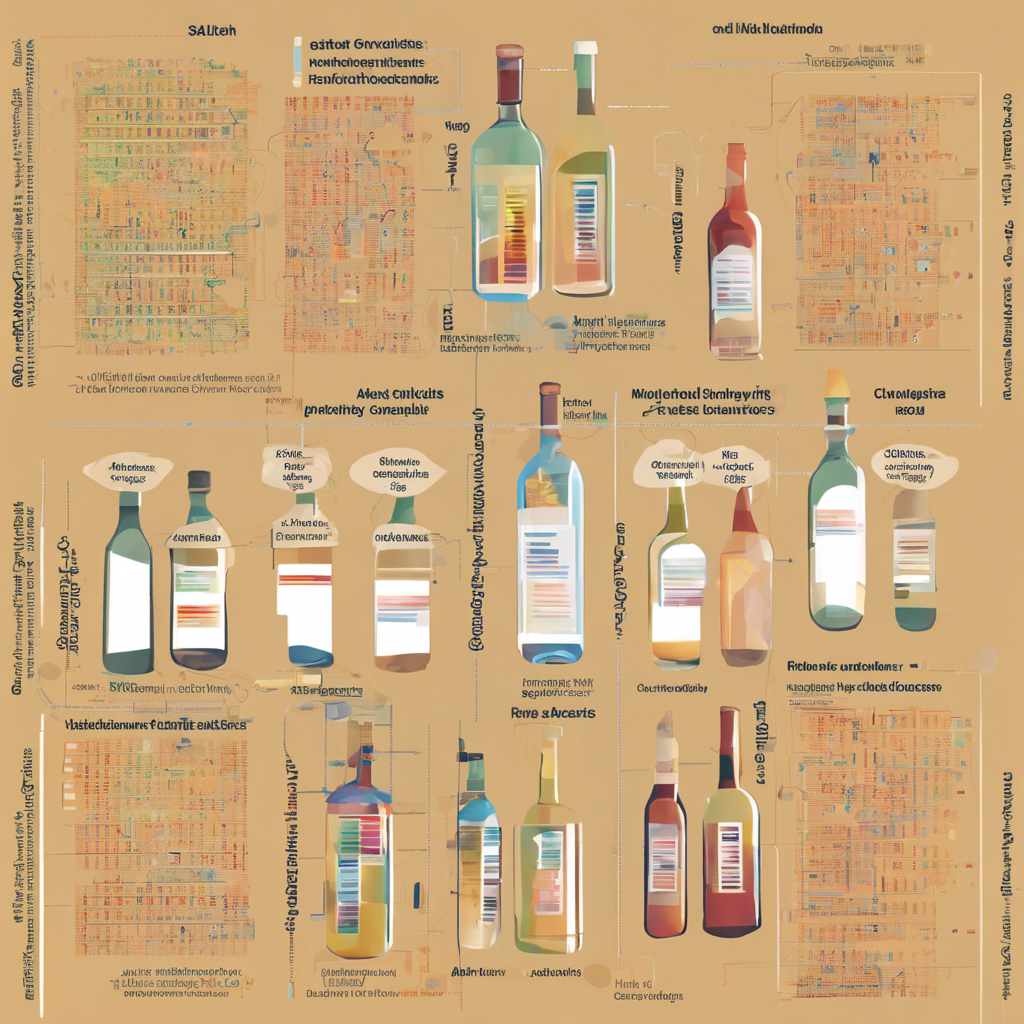Investigating the Impact of SNVs and Genomic Risk Loci on Multiple Phenotypes
Advancements in genetic research have paved the way for a deeper understanding of the role that single nucleotide variants (SNVs) and genomic risk loci play in various phenotypes. A recent study has shed light on the intricate relationship between these genetic factors and multiple traits, including aortic area, peak forward aortic velocity, total left ventricular stroke volume (LVSV), forward LVSV, aortic valve regurgitation fraction, and more. By analyzing data from genome-wide association studies (GWAS) and incorporating annotations and cross-references, researchers have provided valuable insights into the genetic underpinnings of these phenotypes.
1: Independently Associated SNVs
The study identified a series of independently associated SNVs that exhibited significant associations with the aforementioned phenotypes. These SNVs were annotated and cross-referenced with the GWAS catalog, providing a comprehensive overview of their genomic locations, nearest genes, P values, and additional functional scores such as CADD and Regulome DB scores. Furthermore, the study delved into the literature to provide information on the reported genes associated with these SNVs, along with the corresponding PubMed IDs and study names.
2: Genomic Risk Loci Definitions
In addition to the independently associated SNVs, the study defined genomic risk loci that exhibited significant and nominal associations across multiple phenotypes. These loci were categorized based on their novelty, indicating whether they were novel at the genomic or phenotypic level. The unique IDs and rsIDs of the top lead SNVs within each locus were provided, along with their genomic positions and P values. The start and end positions of the loci were also included, offering a clear delineation of their boundaries.
3: Candidate SNVs and GWAS-Tagged SNPs
To further explore the genomic risk loci, the study examined the number of unique candidate SNVs within each locus. These candidate SNVs included both GWAS-tagged SNPs and non-GWAS-tagged SNPs, with the latter being available in the 1KG/Phase 3 reference panel. The study highlighted the importance of candidate SNVs in understanding the genetic architecture of these loci, particularly those in linkage disequilibrium (LD) with independent significant SNVs. Additionally, the number of GWAS-tagged candidate SNVs and independent significant SNVs within each locus were provided, shedding light on the specific genetic variants driving the associations.
4: Lead SNVs and Their Significance
Within the genomic risk loci, the study identified lead SNVs that exhibited a high degree of significance. These lead SNVs were a subset of the independent significant SNVs, with a stringent LD threshold (r2 of 0.1) applied. By focusing on these lead SNVs, the study pinpointed the most influential genetic variants within each genomic risk locus, providing valuable insights into their potential functional implications.
Conclusion:
The comprehensive analysis of independently associated SNVs and genomic risk loci has unraveled the complex genetic landscape underlying multiple phenotypes. By integrating data from GWAS, annotations, and cross-references, researchers have shed light on the specific genetic variants and loci that contribute to aortic area, peak forward aortic velocity, LVSV, and aortic valve regurgitation fraction. These findings pave the way for further investigations into the molecular mechanisms driving these phenotypes and hold promise for personalized medicine approaches in the future.











